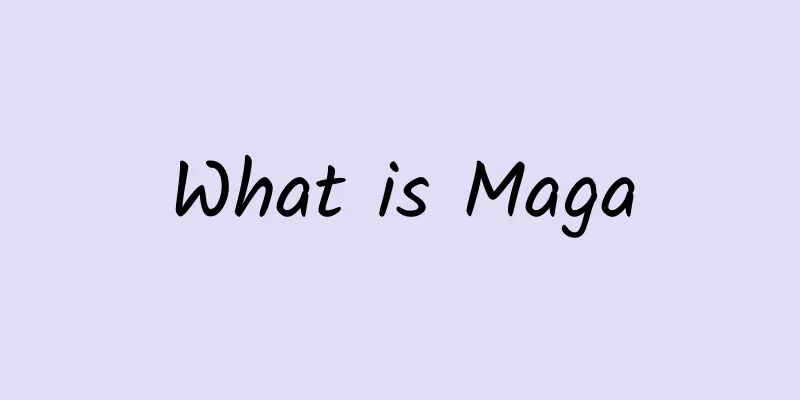The efficacy and function of Chinese medicine kelp

|
Many people are unfamiliar with kelp. Konbu is a famous Chinese medicinal material. It is a marine plant. Its appearance is somewhat similar to the kelp we often eat, so some people confuse kelp and kelp. However, the appearance is indeed different. Konbu is more like seaweed. Konbu has many functions. It can lower blood lipids, eliminate phlegm, soften and disperse nodules, promote diuresis and reduce swelling. It is a salty and cold Chinese medicine, so people with weak spleen and stomach need to take it with caution. Question 1 1. The efficacy and function of kelp Kelp is salty and cold in nature, and enters the liver, stomach, and kidney meridians. It has the effects of softening and dispersing lumps, eliminating phlegm, and promoting diuresis. It is an important medicine for treating goiter (enlarged thyroid gland). Used together with seaweed, clam shells, etc., kelp pills can be made to treat goiters, which can achieve good results. At the same time, kelp can also treat various edema and athlete's foot edema. "Famous Doctors' Records" says that it "treats twelve types of edema, goiters, accumulation of qi, and fistulas." However, although kelp has the effect of promoting diuresis and reducing swelling, its effect is relatively weak and it often needs to be used together with diuretic and dehumidifying drugs such as coix seed and Alisma orientalis. Question 2 2. The difference between kelp and kombu There are strict botanical distinctions between kelp and kombu: first, kelp is the more common name. Biologically, kelp is divided into Laminariales, Laminariaceae and Laminariagenus. Among them, the Laminariales have four families: Rosa rugosa, Laminariaceae, Pterygaceae and Macrophyceae. The kelp we talk about in daily life refers to the genus Laminaria under the Laminariaceae family. Konbu is a genus of Phaeophyceae, Laminariales, Pterygaceae. Therefore, kelp and konbu are not "real brothers" but "cousins". The body of kelp is yellowish-brown. There was no kelp in ancient China. In Japanese, kelp is collectively called konbu. Some botanical books and regions in China also say that kelp is also known as kombu. Therefore, it is not wrong to say that kelp and kombu are the same thing, because both belong to the Laminariales order. It is correct to say that they are not the same thing, because the two are different at the species level. As can be seen from the diagram below, they have a common "grandfather" - Laminariales, and their "fathers" are Laminariaceae and Pterygaceae respectively. Because the names in plant taxonomy are somewhat confusing and their appearances are very similar, and kelp was introduced from Japan, and kombu in Japanese is kelp, and kelp in English refers to both kelp and kombu, kelp and kombu are often confused. |
<<: Can American ginseng and mutton be eaten together?
>>: Scutellaria baicalensis root extract benefits
Recommend
Let robots learn "common sense" by themselves? They can correct themselves and complete complex household chores without humans!
Robots are excellent human imitators, but most of...
【Beiqi】Effects and functions of Beiqi
I believe many people know that Beiqi is a very g...
The efficacy and function of parsnip
Parsnips are a medicinal herb that can treat many...
The efficacy and function of Bai Liang Jin
The environment is now seriously deteriorating an...
A woman ate corn instead of her staple food for half a year. Why did the doctor shake his head? Don't mess around with blood sugar reduction →
High blood sugar is an increasingly common health...
The efficacy and function of Shengdi tablets
Shengdi, also known as Shengdihuang, comes from t...
From precision medicine to molecular breeding, gene editing has triggered a new generation of biotechnology revolution
Introduction In the past two years, gene editing ...
The efficacy and function of wolfsbane
Wolfsbane is a very good medicinal ingredient. It...
The efficacy and function of Rhizoma Corydalis
I believe many people are familiar with the Chine...
Detailed description of the efficacy and effects of Fuling
Fuling and shiitake mushrooms are similar, both b...
Uncover the weather secrets behind the golden ginkgo
Autumn is here. As the temperature gradually drop...
The efficacy of Bujingcao
In places where ethnic minorities live, due to th...
Note: You can breathe normally while reading this article
Review of this article: Zhang Ying, emergency sci...
What will happen to your body if you drink a cup of honey water every day? Can it improve your skin and relieve constipation? Don't drink it carelessly!
The "magic" of honey has been circulati...
A dragon has nine sons. Why are some of them lions and some are snails?
The dragon, one of the "Four Spirits" i...









